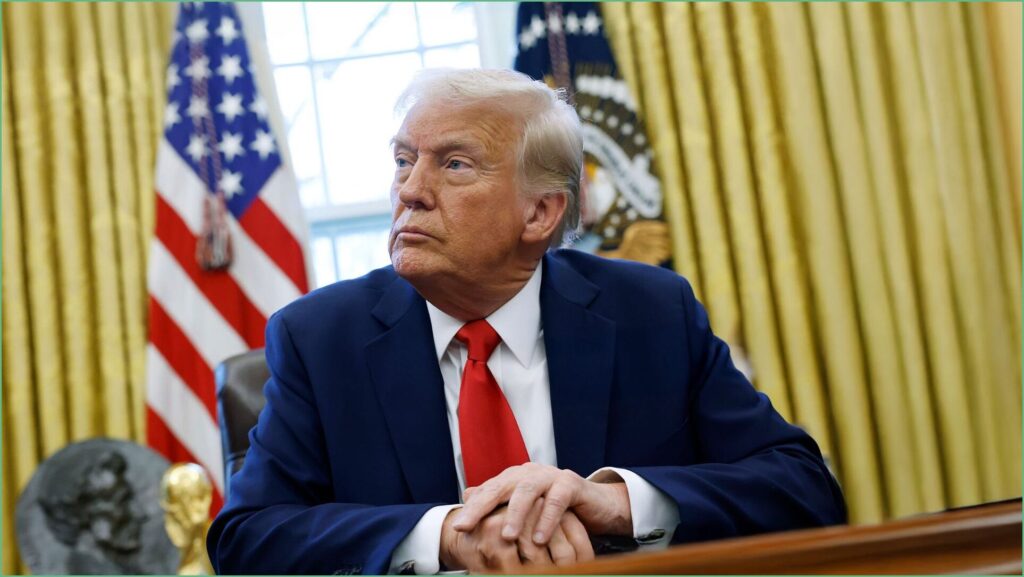Police arrested a man near the Supreme Court during the annual Red Mass after officers discovered more than 200 explosive devices in his possession. The location, timing, and sheer number of devices make this an especially chilling case for anyone who cares about public safety and the rule of law. Officials moved quickly to secure the area and keep worshipers and staff out of harm’s way.
Initial reports say the suspect was stopped because his behavior drew attention and a routine check turned into a full counterterror response. Law enforcement found what appear to be improvised explosive devices and other materials that suggest planning and intent. That discovery transformed a normal civic and religious gathering into a scene where lives were put at real risk.
The Red Mass is a long standing tradition that brings legal professionals and clergy together to reflect on justice and duty. That sacred, ceremonial context only heightens the alarm when someone places dangerous explosives nearby. Attackers who target symbolic institutions are testing the backbone of our society, and they must be stopped quickly and decisively.
Officials declined to release all the operational details immediately, which is standard while investigations are active and evidence is processed. Still, the public deserves clear answers about how this person acquired so many explosive devices and what motivated him. Transparency is important so people can understand threats and not be left guessing as rumors spread.
This was not a random roadside arrest; it happened at a high profile event outside the country’s highest court. If even a sliver of those devices had detonated, casualties could have been severe and the shock to our institutions profound. The fact that law enforcement discovered the threat before it could be carried out is a credit to officers on the scene and to the protocols that got them there.
From a Republican viewpoint, this incident underscores two stark truths: our institutions are under ideological and physical threat, and the tools to prevent attacks must be sharpened. We should applaud the bravery and skill of first responders while also demanding better prevention. That means stronger penalties for those who try to intimidate courts, more resources for local and federal investigators, and smarter laws that target the real networks behind such threats.
It is also reasonable to ask hard questions about how an individual came to possess such a quantity of explosives in a major city. Where did the materials come from, who helped, and were there missed warning signs? Answers to those questions will determine whether this was an isolated attempt or part of a broader pattern that needs to be disrupted at the source.
Federal charges are likely given the location and the nature of the evidence, and the Department of Justice will almost certainly lead an investigation. When national security and the safety of the judicial branch are involved, local arrests become federal matters quickly. That shift ensures coordination across agencies and access to broader investigative tools.
We should not allow investigations to become political theater. The priority must be protecting people and preserving the integrity of courts, not scoring points or stoking partisan frenzy. Still, citizens have a right to demand that the agencies in charge of public safety be honest and thorough in their explanations.
This episode also highlights the need for sensible preventive measures at public events and high profile institutions, including careful screening and perimeter enforcement. Enhanced security does not mean shutting down civil society, but it does mean staying realistic about the threats we face. Organizers and law enforcement should work together to make sure religious and civic gatherings remain safe without turning them into fortresses.
Police work alone will not solve the problem if underlying social and legal gaps are left unaddressed. We need laws that deter and punish those who gather and store dangerous materials with the intent to scare or destroy. We also need better intelligence sharing between federal, state, and local authorities so suspicious activity is spotted earlier and stopped faster.
The media should cover this story with sober clarity and not with sensationalism that only amplifies fear. Americans deserve facts, not speculation dressed up as news. Responsible reporting helps preserve calm while ensuring accountability.
In the aftermath, civic leaders must reassure the public without minimizing the danger that was present. Praise for law enforcement is warranted, but it must be paired with concrete steps to prevent another near miss. Citizens should demand action that protects both our freedoms and our institutions.
